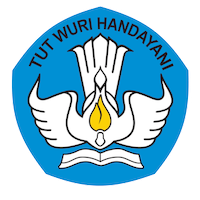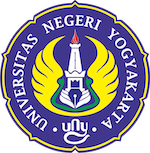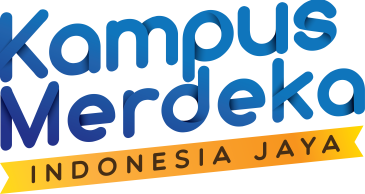The scientific calculator continues to be the only technology that has been specifically developed to support mathematics education in schools and undergraduate students in their early years, and the modern version has much to offer both students and teachers.
While other technologies may be technically stronger, the power of educational calculators arises from a unique blend of abilities and properties that makes them basically accessible to all students while proven to be accepted by assessment and curriculum authorities in many places around the world.
That was said by Prof. Dr. Barry Kissane from the School of Education, Murdoch University, Australia at the 3rd International Seminar on Innovation in Mathematics and Mathematics Education (ISIMMED) organized by the Department of Mathematics Education at Faculty of Mathematics and Natural Sciences UNY, Thursday-Friday, (3-4 / 10/19) on the local campus. Another speaker at the seminar was Prof. Dr. José Antonio Vallejo of the Universidad Autónoma de San Luis Potosí, Mexico, and Dr. AriyadiWijaya from Faculty of Mathematics and Natural Sciences UNY.
In some contexts, the online version of scientific calculator is suitable and acceptable. Together with well-educated teachers, and curricula that recognize the importance of modern technology, scientific calculators can have a considerable impact on mathematics classes, offering new opportunities for learning for all students, not just those in a prosperous community. In turn, the successful integration of scientific calculators into the mathematics curriculum can be expected to improve the education of Science, Technology, Engineering and Mathematics (STEM) more generally.
Another speaker, AriadiWijaya, revealed that the complex characteristics of the digital era require more than just conceptual knowledge. Apart from skills that commonly known on 21st century, 'digital literacy' has been raised to highlight a series of important competencies to address the demands of the future era.
"Digital literacy consists of practical and functional skills, critical thinking and evaluation, creativity, electronic security, proficient communication, collaboration, cultural and social understanding, and information processing. Developing competencies like that from the start of education requires a great role for the teacher, "he stressed.
Ariyadi added, by applying the idea of technological pedagogical content knowledge (TPACK) into practice, there are three important areas to consider. First, the preparatory stage in which the teacher must design or prepare technology-based assignments or technology assistance that focuses on exploration activities. Second, during the implementation phase the teacher needs to provide the right scaffolding to carry from technical exploration to mathematical exploration. Finally, the assessment stage where teachers can use technology to improve efficiency and accessibility.
Meanwhile UNY ViceRector for Academic Affairs, Prof. Dr. Margana in his speech, said that it was well known that one of the four goals of science, technology, engineering & mathematics (STEM) was aimed at educating the best STEM experts in the world. In this connection, the professional development program has shared strong leadership elements, built the capacity of teachers and lecturers, and provided instructional guidance for them.However, STEM teachers and lecturers may face some difficulties in adapting to new integration reforms into their classroom practices.
Therefore, Margana pointed a high quality STEM professional development program as an urgent need. So far, one hundred sixty (160) research articles related to STEM from international journal reviews that transform from approaches that have been rooted in teaching and embracing science through STEM are a panacea for excelling in 21st century educational competencies. (witono;Tj.Lak)





